The 5mm 4-pin RGB LED is a compact light-emitting diode that can produce a wide spectrum of colors by combining red, green, and blue light sources within a single 5mm diameter package. It has four pins: one common pin (either anode or cathode) and one pin for each of the red, green, and blue LEDs.
Here’s a more detailed description:
Key Features:
- Size: 5mm diameter, which is a standard LED size suitable for various applications.
- Integrated RGB LEDs: Contains three separate LED chips (red, green, and blue) within one package.
- 4 Pins:
- One common pin: This pin is connected to either the positive (anode) or negative (cathode) side of all three LEDs.
- Three individual color pins: One pin for the anode (if common cathode) or cathode (if common anode) of each red, green, and blue LED.
- Color Mixing: By controlling the brightness of each individual color LED, a vast array of colors can be produced through additive color mixing.
- Two Common Types:
- Common Cathode (CC): In this type, the negative terminals (cathodes) of all three LEDs are connected to a single common pin. To light up a specific color, you apply a positive voltage to the corresponding color pin.
- Common Anode (CA): In this type, the positive terminals (anodes) of all three LEDs are connected to a single common pin. To light up a specific color, you apply a negative voltage (ground) to the corresponding color pin.
- Control: Typically controlled using microcontrollers (like Arduino or ESP32) and Pulse Width Modulation (PWM) to vary the brightness of each color and create different hues.
- Low Power Consumption: LEDs are generally energy-efficient.
- Long Lifespan: With proper use, LEDs can last for a long time.
Pinout Identification:
Identifying the pins correctly is crucial. Here are general guidelines, though it’s always best to consult the specific LED’s datasheet:
- Longest Pin: Often (but not always) the common pin (either anode or cathode). However, relying solely on pin length can be unreliable.
- Flat Side or Notch: Some RGB LEDs have a flat side or a notch on the package. The common pin is often located next to this marking (usually the second pin from the flat side).
- Order (if common pin is identified): If you hold the LED with the common pin (usually the longest or next to the flat side) as the second pin from the left, the typical pin order is:
- Red
- Common (Anode or Cathode)
- Green
- Blue
How to Determine Common Anode or Common Cathode:
The best way to identify the type is by using a multimeter in continuity or diode mode.
- Common Cathode: Place the black probe (negative) on the common pin. Touch the red probe (positive) to the other pins. If an individual color LED lights up, the common pin is the cathode.
- Common Anode: Place the red probe (positive) on the common pin. Touch the black probe (negative) to the other pins. If an individual color LED lights up, the common pin is the anode.
Applications:
- Indicator Lights: For displaying various states or modes in electronic devices.
- Decorative Lighting: Creating colorful lighting effects in projects and art installations.
- Backlighting: For LCD screens or panels.
- Educational Purposes: Demonstrating color mixing principles.
- DIY Electronics Projects: Used in countless hobbyist and maker projects for visual feedback and aesthetics.
Important Considerations:
- Current Limiting Resistors: Always use current-limiting resistors in series with each color pin to prevent the LEDs from burning out. The value of the resistor depends on the forward voltage and current rating of the specific RGB LED and the supply voltage.
- Forward Voltage: Red, green, and blue LEDs typically have different forward voltage requirements. Consult the datasheet for the specific voltage drops for each color.
- Datasheet: Refer to the datasheet of the specific 5mm 4-pin RGB LED you are using for accurate pinout information and electrical characteristics.
In summary, the 5mm 4-pin RGB LED is a versatile component for generating a wide range of colors in a compact form factor, making it a popular choice for diverse electronic projects. Understanding whether it’s common anode or common cathode and using appropriate current limiting are essential for proper operation.
You must be logged in to post a review.

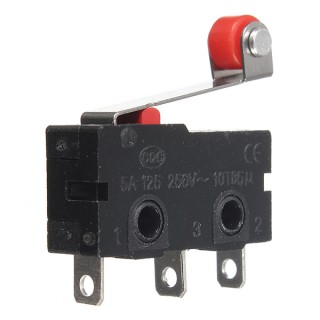
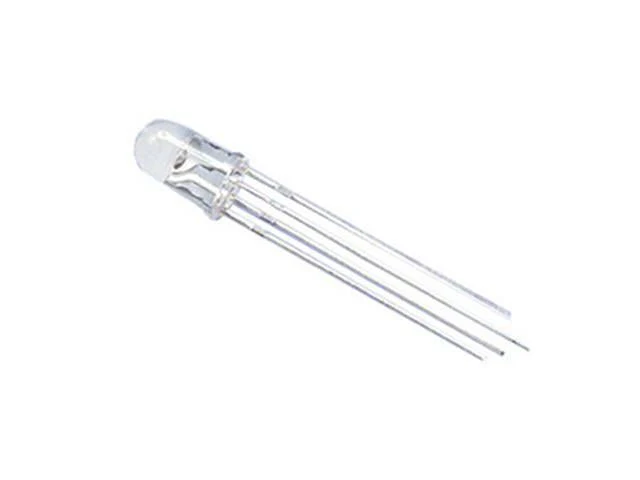
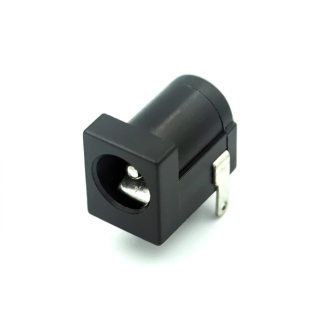



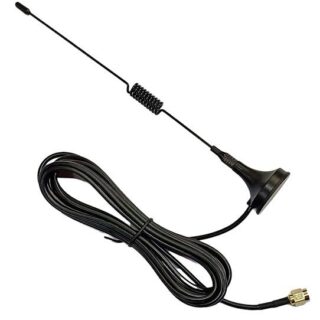
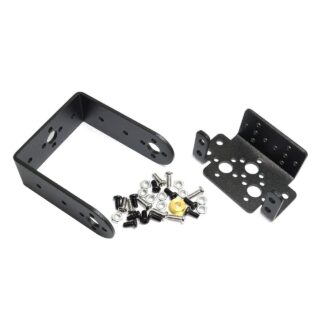
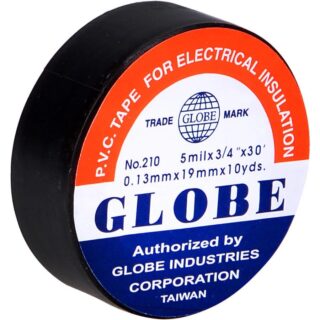
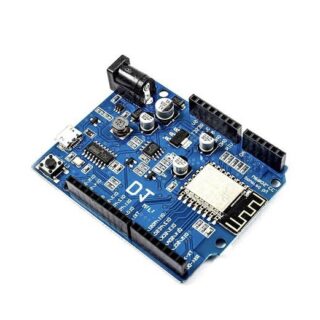
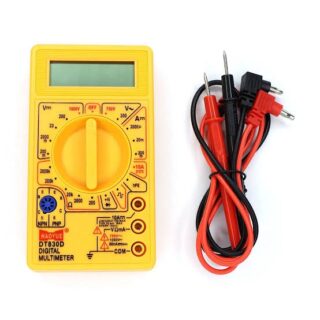
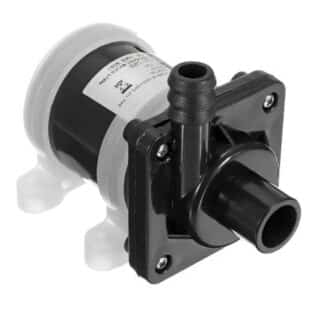
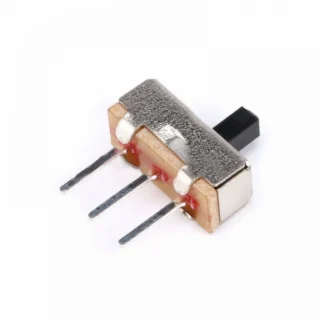
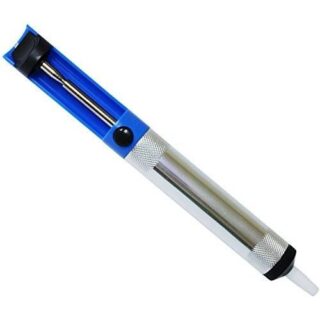
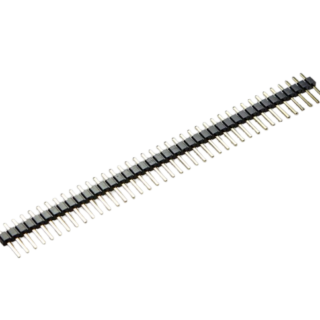


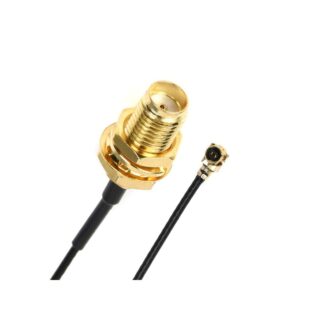
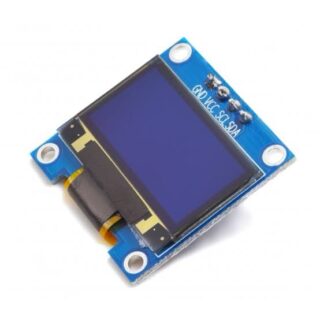
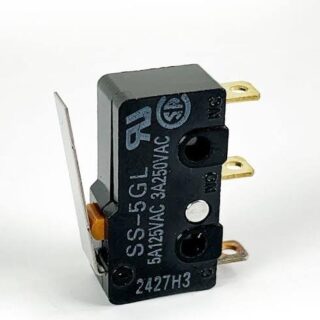
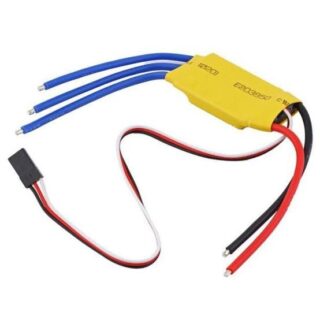
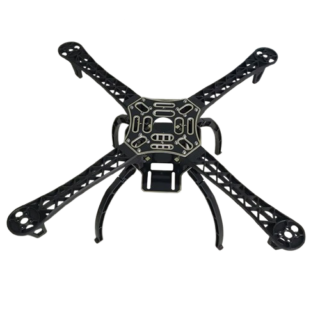
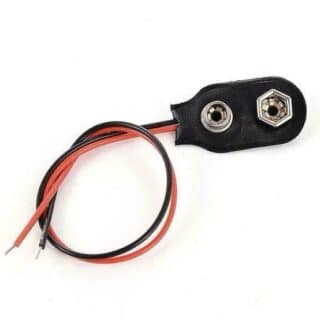
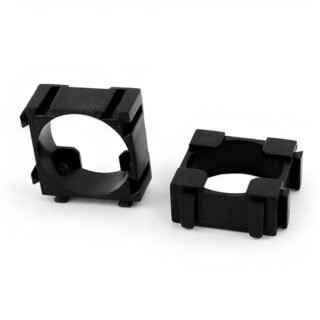
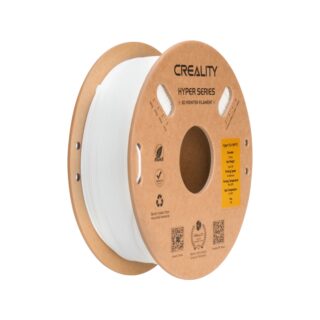
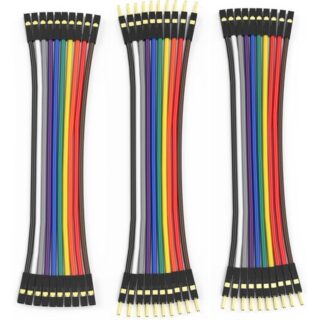
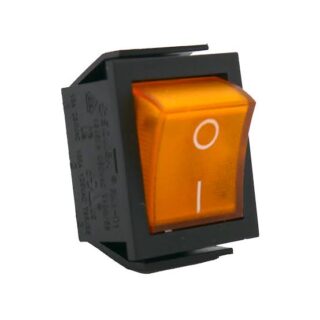
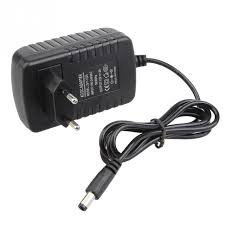
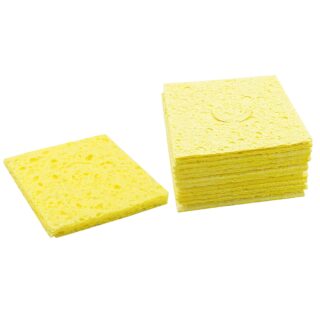
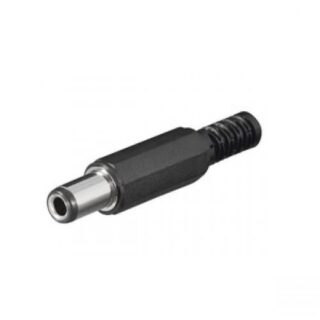
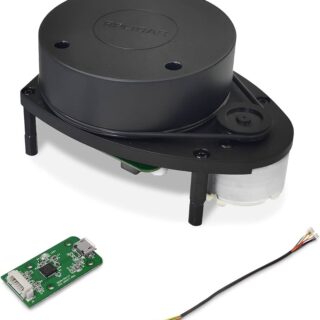
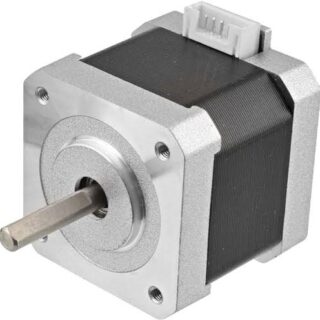

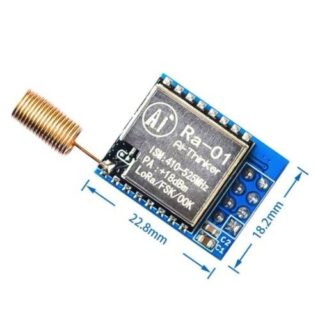
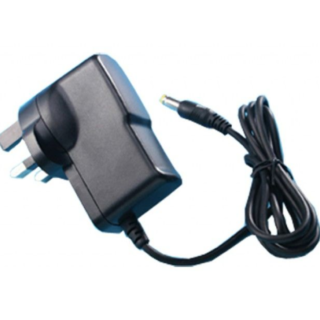
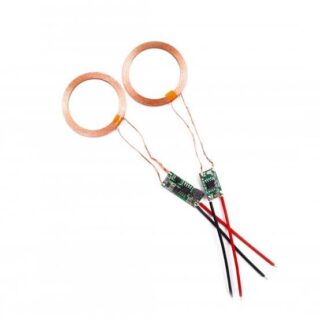
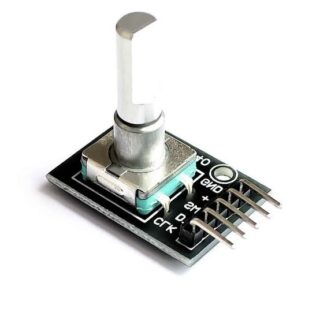
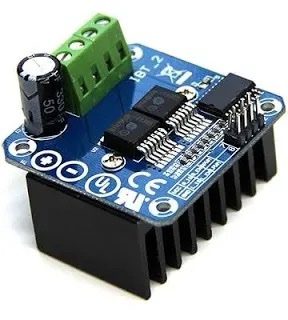
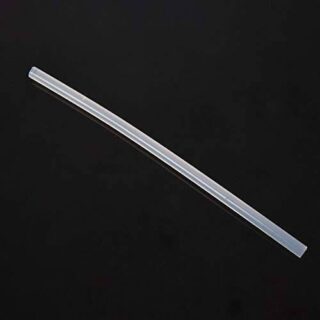




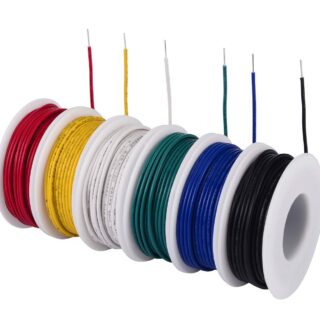

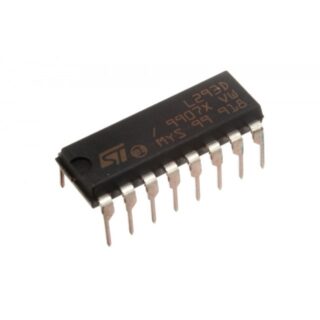
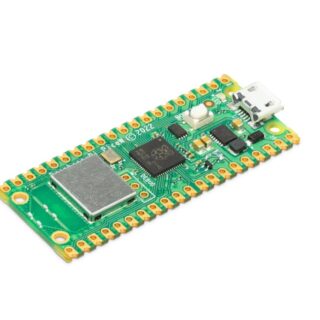
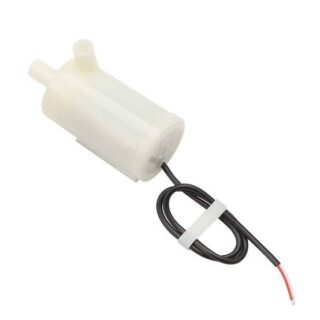
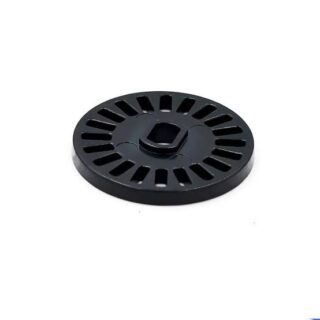
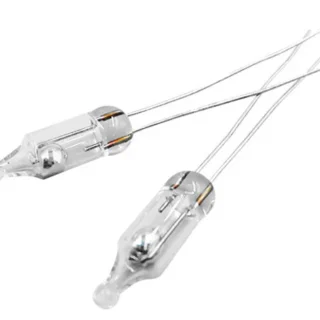
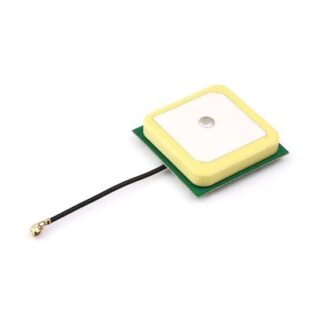
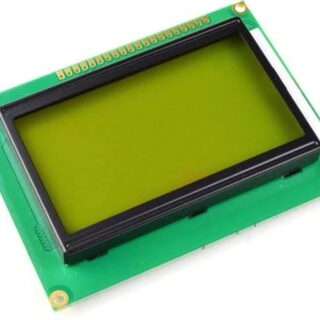

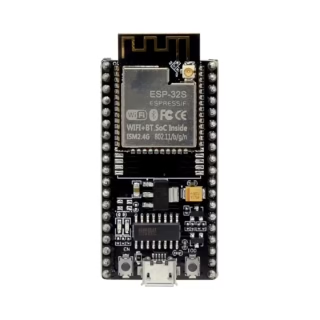
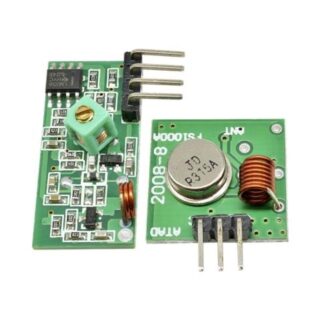
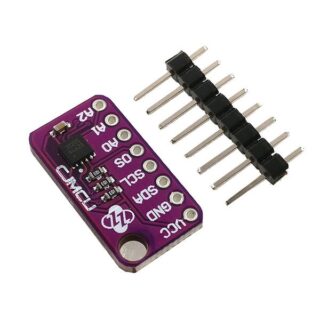
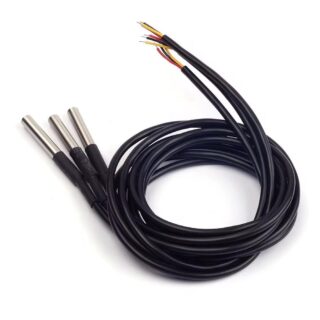
Reviews
There are no reviews yet.